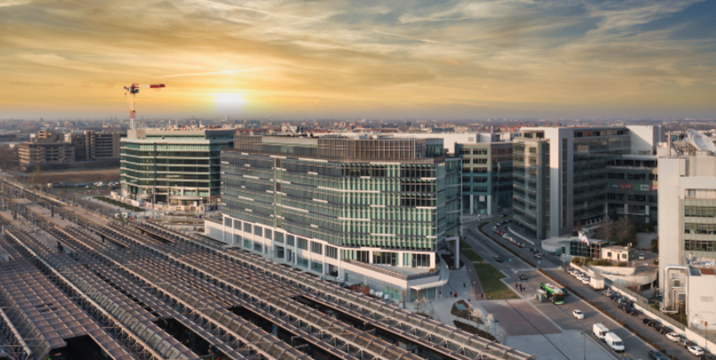Manhattan Investment Market: Foreign Buyers Drive Activity, but Uncertainty Persists
Manhattan’s investment sales market kicked off the year with a bang, boasting its most robust three-month period since 2022. However, the surge in activity primarily stems from affluent foreign investors with their sights set on a handful of select properties. During the first quarter, commercial property transactions across the city amounted to a staggering $3 billion, with Manhattan accounting for $2.2 billion of that sum.
Although the transaction count was lower than any point since Q1 2023, the last instance Manhattan saw CRE sales surpassing $2 billion was in the final three months of 2022. A significant portion of the borough’s sales tally was attributed to a single deal—the $963 million acquisition of 715-717 Fifth Ave. by Gucci’s parent company, Kering, from Wharton Properties and SL Green. James Nelson, Principal and Head of Tri-State Investment Sales at Avison Young, remarked, “This perfectly illustrates the trend of luxury retailers purchasing their own properties within this market.” Another notable transaction was the $153 million sale of retail condos anchored by Home Depot at 401 E. 60th St. from Israeli firm Gazit Horizons to Hennick & Co., the family office of Canadian real estate tycoon Jay Hennick. Reportedly, Chanel and LVMH are vying for another Fifth Avenue tower.
Brandon Polakoff, Principal at Avison Young, noted, “Sales activity and demand primarily stem from the private sector, particularly foreign high-net-worth individuals driving the mid-market, with end-users fueling the high end.” However, these high-end transactions do not reflect the broader market, which still experiences significantly less activity compared to the long-term average. If the pace of Manhattan sales in Q1 persisted throughout the year, it would be 62% lower than the 10-year annual average. Nelson expressed optimism that potential rate cuts could stimulate buyers and sellers, but recent inflation news has dampened investor enthusiasm for the market. Uncertainty continues to shroud office properties as tenants gravitate towards premier offerings, leaving Class-B and C properties in limbo.
Although trophy assets remain unsold, properties at the lower end of the market are changing hands, indicating a significant decline in value. Political uncertainty has also cast a shadow over the housing sector, hampering sales of development sites and existing multifamily properties. Multifamily properties accounted for just a quarter of the total dollar volume in the quarter, despite being the most frequently transacted asset class. The second-largest sale of the quarter was A&R Kalimian Realty’s luxury residential building, The Aire, acquired by a joint venture between The Carlyle Group and Gotham Organization for $265 million. Meanwhile, Kushner Cos. sold its East Village portfolio for $41 million to Penn South Capital. However, the sale of 120-125 Riverside Drive by BGO to Aya Acquisitions for $31 million signaled potential trouble for parts of NYC’s rental market. The lack of significant multifamily sales also impacted development sites, with sales volume down 10% from the previous quarter. Nonetheless, the dollar volume for development sales witnessed a threefold year-over-year increase, reaching $205 million, as more condo developers entered the fray. Investors are eagerly awaiting the outcome of housing legislation in the state budget, as decisions regarding good-cause eviction and 421-a incentives will significantly influence their strategies moving forward.
Source: Bisnow









